Occupy Sebastopol, which operated from the small town square in a city of fewer than 8,000 people, has created an enduring legacy that is unique among the more than 600 Occupy encampments that activated millions of Americans in 2011 and 2012.
One year after local volunteers unveiled the nation’s only known dedicated civic discourse bench to the public, Occupy Sebastopol serves as a model of what a radical protest movement can accomplish in a town with a progressive city council.
Sebastopol, which the city council has officially nicknamed “Peacetown, USA,” had the longest running physical occupation in the country. It was also the only one city to negotiate a peaceful end to an Occupy encampment that empowered the only permanent installation bearing Occupy’s name in the country, modeling, for other cities, a cooperative, non-violent, response to protest occupations and events.
Occupy Sebastopol maintained an information tent in the small town’s downtown plaza for a year and a half, longer than any other Occupy group in the nation. In 2018, more than five years after Occupy Sebastopol’s last tent was taken down in 2013, the City of Sebastopol dedicated a circular bench to the Occupy movement.
Not only did Occupy Sebastopol have the longest lasting physical presence of any encampment in the United States, it was also the only Occupy group that negotiated an end to its initial encampment in return for an indefinite presence at the protest camp’s site. The circular bench that eventually replaced the information tent is also the only one of its kind in the country. While the Occupy movement has ended, it lives on in this space for civic discourse. The agreement that led to this outcome came to be known as the Peacetown Agreement.
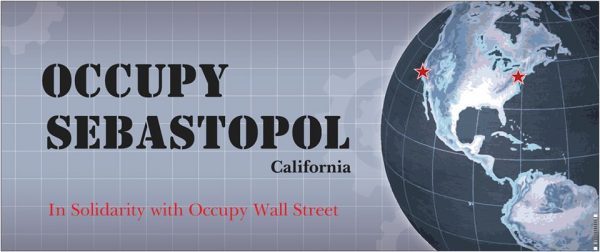
The Peacetown Agreement took shape, from the occupiers’ perspective, as a way to continue the work of Occupy. For the city council members –who voiced support for the tenets and values of the movement– it was a way to remove the encampment from the plaza without violence.
Protestors in Sebastopol and the country over were consistent in stating that what they were doing was not camping, but first amendment sanctioned symbolic free speech. The camps were a symbol and a tactic; they brought proof of economic inequality to places where it could not be ignored, places like city halls, or Zuccotti Park on Wall Street.
Besides a clear symbol of the days’ problems, Occupy encampments sought to showcase solutions and incubate ideas. The movement argued that the problems our society faces can be solved without a hierarchical top down approach and that in many cases horizontal decision making is both more effective and more efficient. Decisions were made at general assemblies through consensus instead of by majority voting. The movement described itself as leaderless. Activists took the lead on issues that were important to them and others joined. Problems facing any site of semi-permanent habitation, such as managing sanitation, food, shelter, and medical care, were resolved through the knowledge and experience of those involved.
One of the first occupiers in Sebastopol, Linus Lancaster, said, “As we watched it spreading, it seemed like some form of revolution was actually going to be viable. I remember thinking: if this shows up in Laramie, Wyoming, I’m convinced. Sure enough a couple of weeks later six people turned out on a street corner there.”
Occupier Justin Diehl recalled, “For a lot of people it was a place of community. It felt like anything was possible. I don’t think people of my generation had ever seen that before — people getting together like that to work on the issues collectively.” A common saying amongst occupiers is that there was a tangible, electric feeling in the camps. “There was a lighthearted, almost cosmic creativity in the air,” Diehl said.
Occupy Sebastopol’s first tents were erected in the downtown plaza on the fifth of November, 2011. Lancaster recalled, “Rather than attending the next Santa Rosa GA (General Assembly Meeting) I went to the Sebastopol Plaza with the idea to start one and found that six or seven other people were already there.” A handful of people were staying in the park overnight, while a growing number came to the camp daily. In addition to the tents that individuals were sleeping in, the encampment grew to include an information tent, a food service space, and a communications/medical tent. An early protest march through town against banks’ lending practices and involvement in the 2008 financial crisis drew more than 60 people.
Located in the tiny town square of a small Northern California city of 7,800 people, Occupy Sebastopol faced calls to take down its tents. There was growing division within Occupy Sebastopol over whether the tents were an effective protest tactic, or whether they were becoming a distraction. Some protesters felt that the effort put into negotiating with the city and maintaining the encampment was taking away from work on issues like economic inequality, money in politics, and the lack of affordable healthcare. Others felt that the camp and services provided at it, such as free hot meals and a safe place to sleep, as well as the novel social organization that the encampment modeled, were integral to the protest. Participants realized they had to make a decision.
Meanwhile, the Sebastopol City Council held a series of emergency meetings on what to do about the encampment. All across the country hundreds of Occupy encampments were being violently cleared in attacks coordinated by the federal government. After considerable testimony in support of the encampment, the council decided to take an approach similar to that of the City of Santa Rosa and require Occupy Sebastopol to complete a permit application.
The permits and what to do about them were discussed at multiple general assemblies. In an attempt to bridge the need for a physical presence with both the demands of the city and the desire of many members to move past the encampment, a compromise of sorts was drawn up. Occupy would offer to take down the encampment and no one would sleep in the plaza. However, the information tent on the Plaza would remain there indefinitely.
After much debate, those that supported keeping the tents chose not block the decision to take them down. Then on November 18th, 2011, the General Assembly reached consensus on the Peacetown Agreement. Occupy Sebastopol members would present the plan to the council, offering to end their encampment in exchange for the council’s acceptance of the info tent’s indefinite presence on the plaza.
In an unprecedented move, the Sebastopol City Council accepted this plan. The Peacetown Agreement led to Occupy Sebastopol having the longest lasting physical presence of any Occupy group in the country. When the info tent was eventually voluntarily taken down, it was not until April 7th, 2013.
Many felt that the decision to take the encampment down was the best tactical move possible. It allowed a physical presence to be continued, and it was clear that if some sort of agreement wasn’t reached, the city would resort to force. “They were trying to put an end date on it,” stated Diehl.
However, even with the success of securing a permanent place for Occupy on the plaza, the decision to take down the encampment was not without its consequences. The size of general assemblies fell and the sense of community from the initial excitement of the Occupy movement diminished. Whether this was due to the natural attrition of political engagement efforts over time or the decision to stop camping in the park, the impact was felt on those who benefitted most from the encampment. “Some people who had been transient were using [the encampment] as a temporary safe place and for the services we provided — once the tent occupation was over it became more of a disciplined core group, maintaining the tent and focusing on specific issues, like CVS.” Diehl said.
Unlike other local governments across the country which went to war in opposition to local occupiers, Sebastopol lived up to its official city council-approved nickname of Peacetown, USA. The city government passed numerous resolutions in support of the Occupy movement. On March 19th, 2013, 17 months after the local encampment appeared and after respectful discussion with members of Occupy Sebastopol, the city council passed its historic Resolution 5924.
Sebastopol City Council Resolution 5924 expressed support for the local Occupy group and the values and goals that drove the movement as a whole. It also stated that the corner of Sebastopol’s town square, where the info tent had been, would be known as a place of free speech and gathering, and that April 7th would forever be known as Occupy Sebastopol Day. Finally, it stated that the City, Occupy Sebastopol, and the rest of the community would work to replace the info tent with a permanent installation of some sort, such as a circle of benches.
After nearly a year and a half in the town square, on April 7, 2013, Occupy Sebastopol’s info tent was taken down. The following Sunday, a large celebration and potluck was held while a local brass band played. Many people, including City Council members and Occupy activists, spoke about their experiences with Occupy Sebastopol.
This finale showcased the cooperation that came to define not only Occupy Sebastopol, but the relationship that grew between the group and the city. Not only was it the longest lasting occupation in the United States, it was one of the only to end its physical presence by its own choosing, in its own time.
The group now turned its focus towards working with the city to create a suitable physical meeting place to replace the information tent. City Council meetings were held on the topic, where members of the public voiced their ideas for the project. While there was an initial flurry of activity, by 2014 the Occupy bench project had stalled and it was unclear if the info tent would ever be replaced with something more permanent.
That’s when Jim Wheaton, a local parent who was active in the Maker movement, became involved. A circular bench had been decided on, but the city did not have the budget to purchase an ambitious custom-designed three-section curved bench capable of seating 18 people facing one another in a circle. Wheaton had been sympathetic with the Occupy movement and thought that he and two of his woodworker friends might be able to carve the bench plan into reality.
“I contacted my friend Peter and he was really into doing something,” Wheaton said. “I contacted the (Sebastopol) planning director, and wrote up a proposal saying that we could do this locally with local people.”
With Jim Wheaton as the project manager and co-builder, and Steve Pierce and Peter Santulli as the builders, the three came up with a plan. “Over the course of three years we put in a few hours every week. It took a long time. We had to build a special steam box to bend cypress wood that we harvested from a locally downed tree,” he said. The three worked on the benches at Peter’s Circle Tree Studio.
The woodworkers took care to make sure that the benches fit in with the existing aesthetic of the downtown Plaza. “I didn’t want to have something that looked too out of place, so I chose to use the same cast iron legs that were actually designed for the 1939 World’s Fair, because the other benches in the square use those same cast iron arms and legs.”
On November 29th, 2018, after 4 years of work, and 8 years after the initial encampment, the finished benches were installed on . When asked how he felt, on year later, with the project complete and the bench an integral part of Sebastopol’s Town Square, Wheaton stated, “It was a pleasure. You know when you work on something for your community that’s going to be beautiful and hopefully last a long time, it’s a labor of love.”
A public dedication ceremony took place at the plaza on April 4th. A moving moment took place when Council Member Una Glass read part of the unique City of Sebastopol resolution in support of the Occupy movement, a resolution that was written by her late husband, the well-loved progressive Council Member Michael Kyes.
While most occupiers appreciate the benches, some have been more hesitant, feeling that they run counter to the values of the movement. Early Occupy Sebastopol member Linus Lancaster commented, “If the plaza needed more benches, great, but they’re a testament to asking permission…the opposite of making the status quo nervous.”
For the past year, the response to the circle of benches among the larger Sebastopol community has been overwhelmingly positive. While General Assemblies have not been held on Sundays for six years, the benches have been getting a lot of use.
In the spirit of the Occupy movement, the benches have made the public commons that is Sebastopol’s town square a lot more public. Small groups can meet there without any permit, hearing and facing one another with ease. On any given day, impromptu dialogs are sparked when strangers find themselves connected to a community circle just by sitting there.
You can see pictures of the benches, and the elaborate labor of love process that created them, at the Occupy bench’s facebook page.
Occupy had a lasting impact on the small town of Sebastopol. It was small compared to other local groups such as Occupy Santa Rosa, but it had staying power. Over the 18 months that the info tent was up, the group worked to educate the public about economic inequality and other issues. Hungry people were fed every Sunday and individuals came together to envision a better world.
While Occupy did not take a stance on local elections, it invited candidates to General Assemblies where they could talk directly with constituents. One of the final protests by the group, a picket to stop CVS and Chase from the downtown core, proved to be one of the largest the city had seen in years. While the CVS building was ultimately built, Chase pulled out of the project.
The Occupy movement may be over, but all one has to do is turn on the news to see that it made a lasting impact on American politics. Occupy changed the conversation and moved the culture further towards a place of justice and equality.
Meanwhile, every Sunday, when a vibrant farmer’s markets draws hundreds of people to Sebastopol to gather eat, listen to free music, and drum, citizens continue the community conversation around an extraordinary circular bench that now occupies the town square of Peacetown, USA.
Tim Ryan was an active member of Occupy Sebastopol


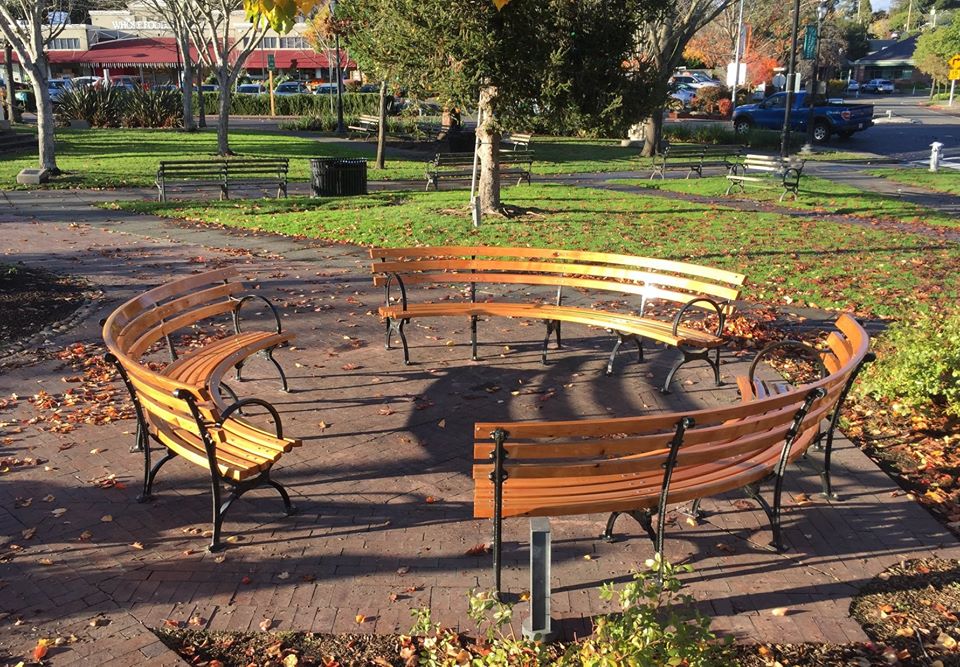
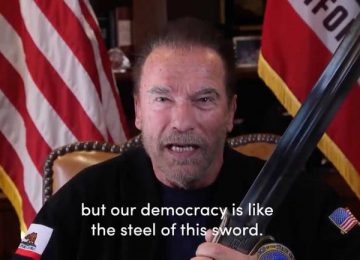
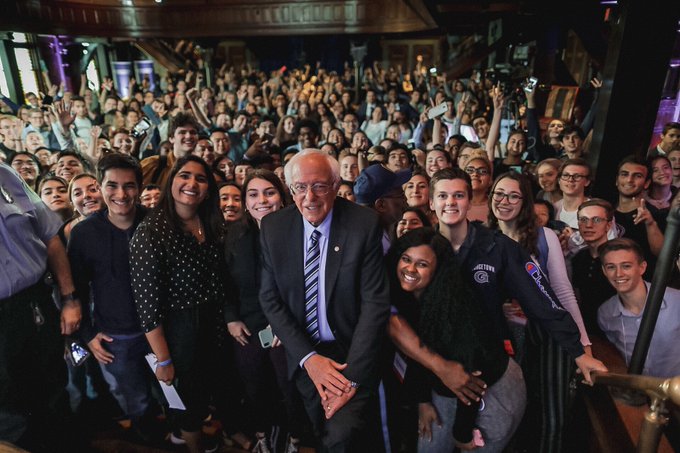

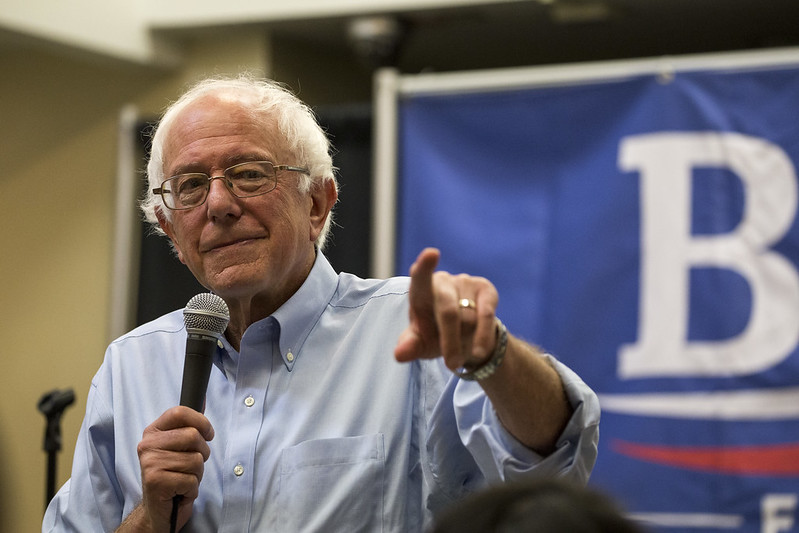
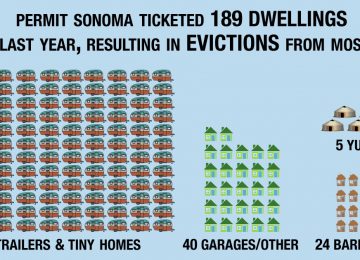

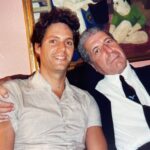

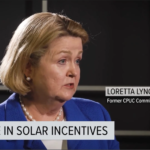














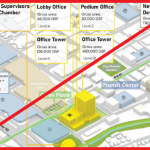
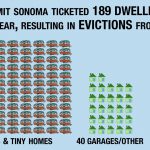

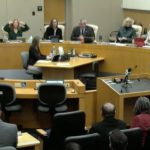






Thank you, Tim, for composing this very informative article providing the history (and preservation of collective memory) of the longest Occupy movement here in Sebastopol. Thank you to Jim Wheaton, Steve Pierce and Peter Santulli for their four years of work – as a labor of love – to create the elegant circle of benches in the Plaza to encourage community dialogue. What a gift to our community in the spirit of Occupy!
Great article! Very informative!